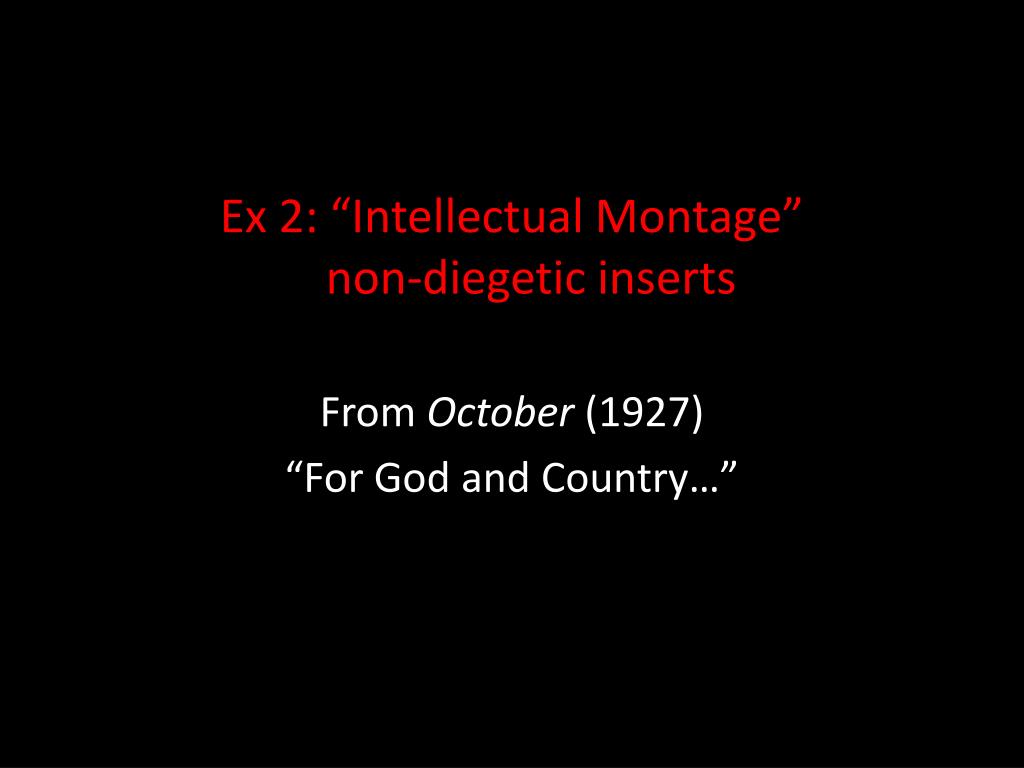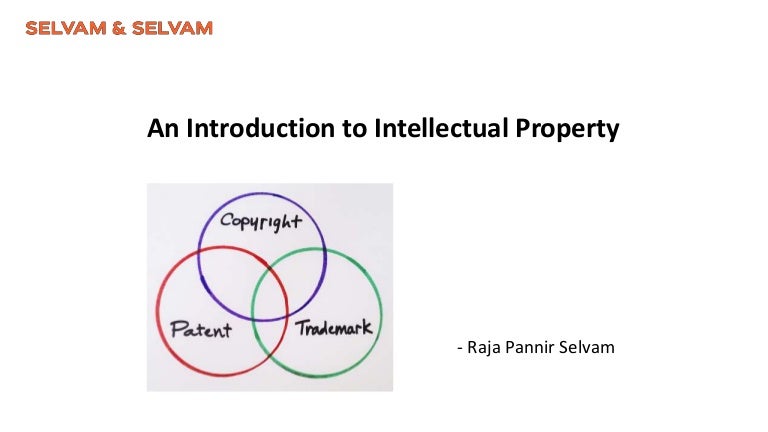

The concept of montage is based on the Soviet montage theory, which is explained to be an approach to cinema, which relies heavily on editing (Eisenstein, 2014). Other earliest directors who made montage popular include Peter Bogdanovich. Between the period of 19 also, Don Siegel popularised montage in several films including Knute Rockne, All America (1940), Action in the North Atlantic (1943), and Casablanca ( 1942). One such noted director is Slavko Vorkapić, who was a Russian director, who worked in the 1930s and used montage in films such as Maytime (1937), Viva Villa (1934), The Good Earth (1937), and Romeo and Juliet (1936). In the study of the revolution of montage, it has always been important to refer to some of the earliest noted directors, as the works of these people are known to be what have evolved and revolutionise to the present day. It is true to say that up till date, this approach remains the most popular form of montage. for example between the periods of 19, the main approach or technique to making montage was to combine several short shots that offer various specialized visual effects such as fades, split screens, exposures, music, and dance within a limited space to tell what would otherwise have been a length story (Goodman, 2008).

For this reason, montage in filmmaking is mostly distinguished from other forms of montage with the term montage sequence (Leonard, 2014). Till date, Bruckner (2015) notes that montage has gained much prominence with the American and British usage of it for the purpose of sequence. In France, it was known to simply denote editing, while in both American and British studios, montage was used as sequence presentation (Barba, 2009). As noted already, in early Soviet period, it was generally used as a form of creative editing. In different jurisdictions of filmmaking, montage has been used as a term to depict different things. In subsequent sections of the paper, further detail will be given on the modern day usage of montage. That is, the concept or practice in itself did not start as it is known to be used for today but has eventually developed into its present state of usage. By this, the claim that montage is a revolution of film editing can be clearly appreciated or understood.

It is however commonly accepted that montage started as part of the works of early Soviet directors who used the technique as a general form of creative editing (Knight, 1957). The introduction of the technique or term has been associated with a number of directors, including Sergei Eisenstein. In other words, through montage, it is possible to use limited space to present more shots within a limited time to offer detailed information that the viewer needs to know.

INTELLECTUAL MONTAGE MEANING SERIES
It also presents a number of real world examples of how montage has been used in some popular films to achieve certain goals.ĭefining montage, Reisz (2010) explained that it is a technique in film editing, where a director or the editor puts together series of short shots in an edited sequence to take up space, information and time. The research paper looks into both the theoretical and practical aspects of montage, while giving some historical background to the concept. In this paper, a detailed research work based on montage as a revolution of film editing is presented. There are several aspects of film editing and as far as the need to get a detailed and lengthy story told in just a little piece of time and space, the concept of montage is employed. Bruckner (2015) opined that it is for such reasons that editing is an important aspect of filmmaking, requiring that where necessary, there will be a means to cut things short, while leaving the details and content of the story that creates an understanding for the viewer intact. This is however feature, that could get the filmmakers into a lot of responsibility as they may be tempted to present too much detail in the story than they really have time to do. What is unique about film, as compared to other forms of art is that it is made in the form of motion pictures, meaning that the viewer gets the chance to appreciate the story in a more lively manner as it happens (Leonard, 2014). Essential features of montage that give films meaningįilms are essentially works of art that are made to tell a particular story (Bordwell, 2005).Montage as a revolution in Film Editing.


 0 kommentar(er)
0 kommentar(er)
